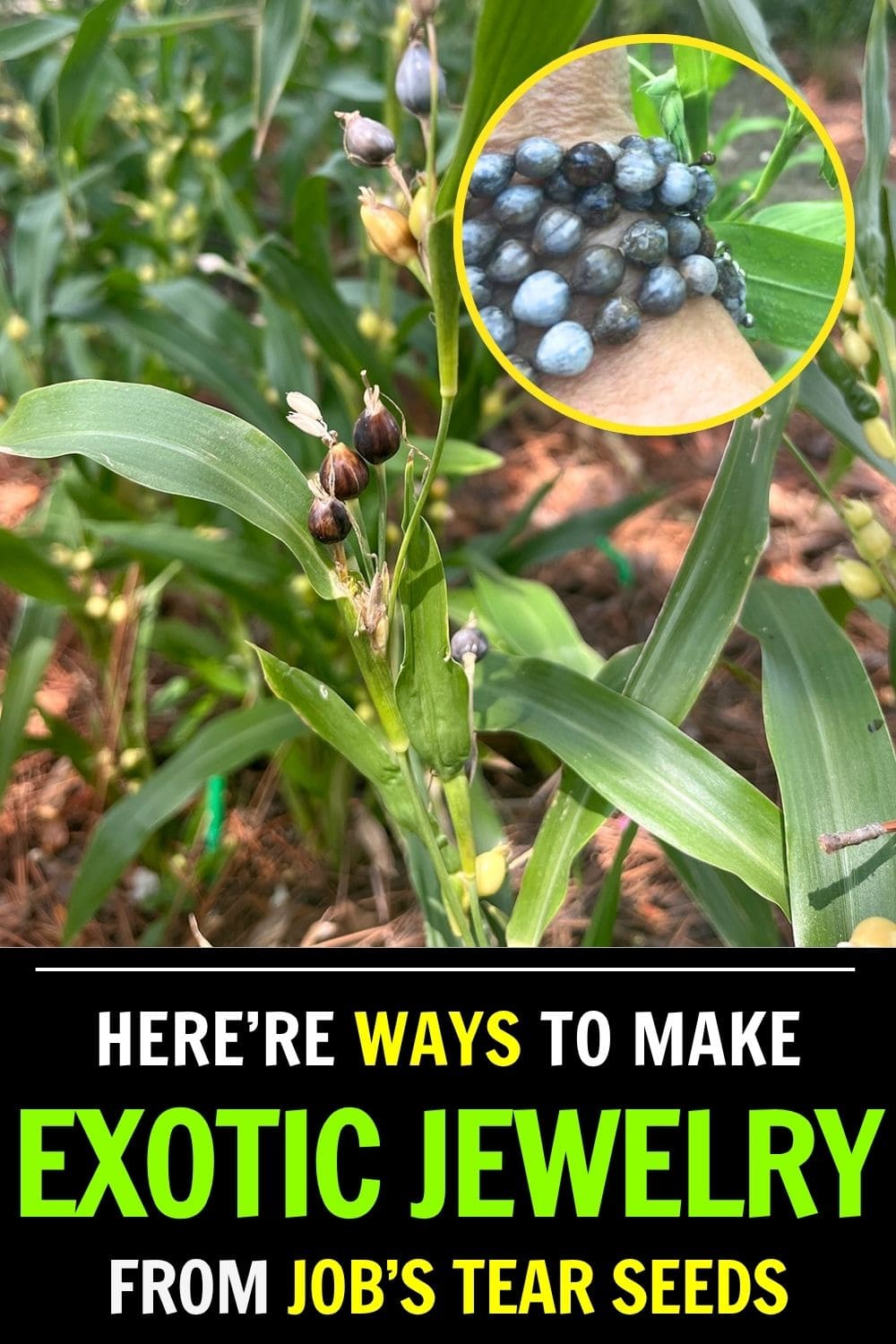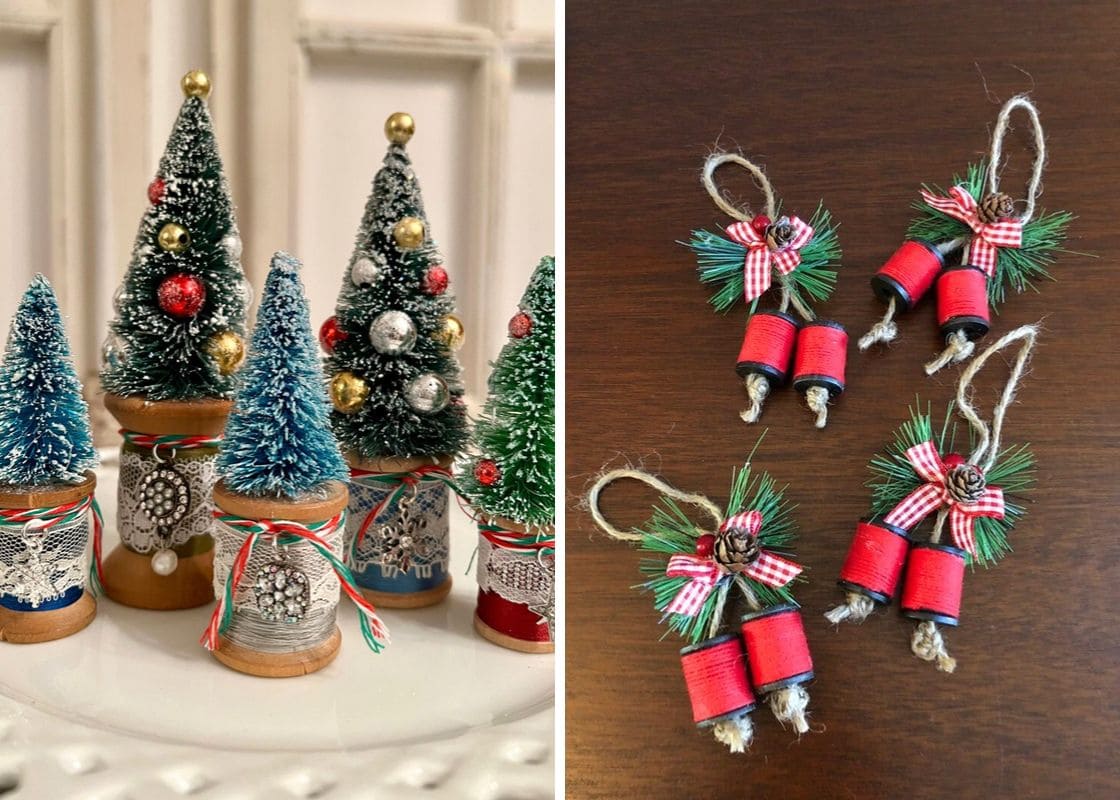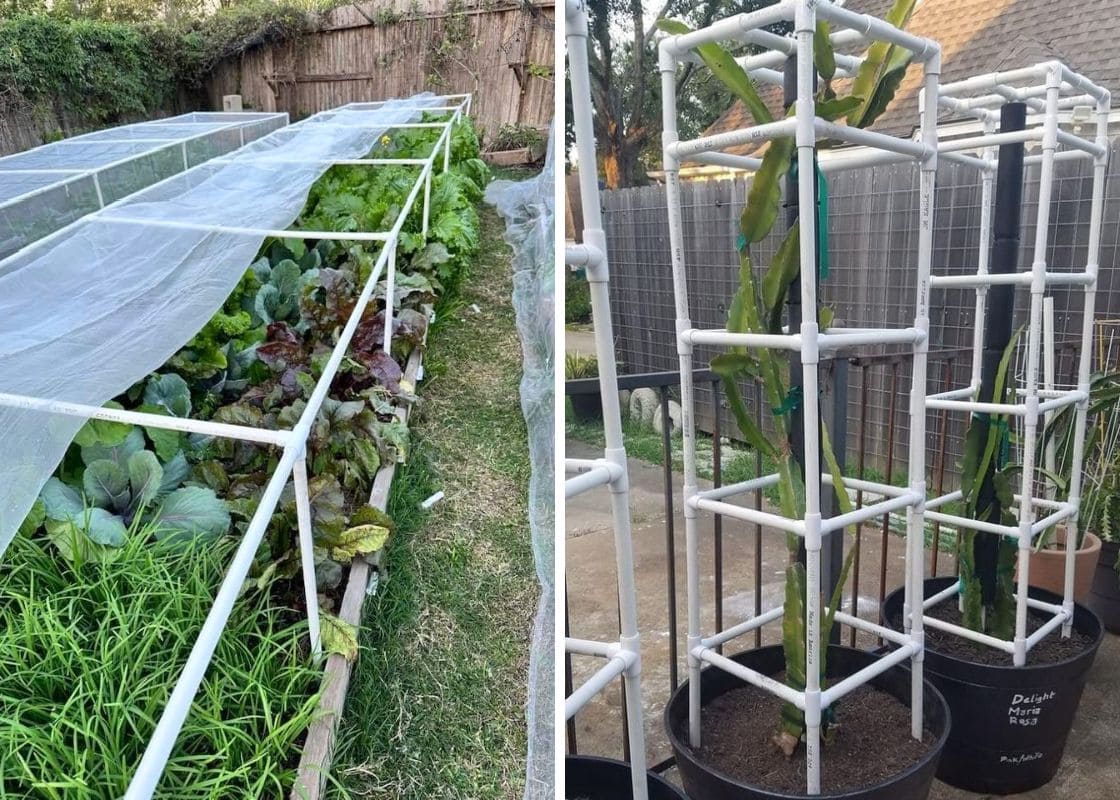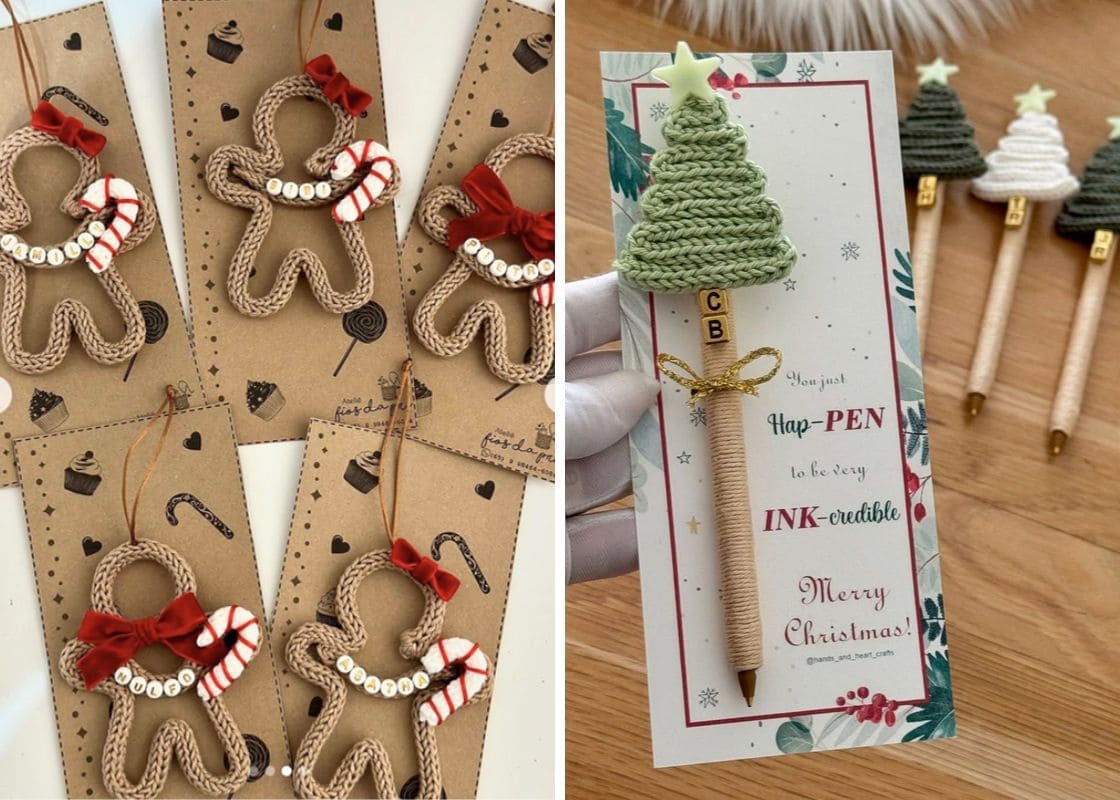Job’s Tears (Coix lacryma-jobi) is one of those rare plants that seem designed for both beauty and utility.
Its seeds are shaped like tiny teardrops, naturally hard, and have a glossy shell that looks just like polished stone.
For centuries, these humble seeds have been more than just pretty trinkets, they’ve carried stories of prayer, patience, and the quiet beauty of handmade art.
Let’s explore how you can turn these tiny natural gems into your next favorite piece of jewelry.
What Makes Job’s Tears So Unique?
Each seed is shaped like a teardrop and covered in a pearly shell that can range from soft ivory to steel-gray.
When you hold them in your hand, they almost feel like cool ceramic beads.
But what makes them truly special is the natural hole that runs through their center, formed as part of the plant’s structure.
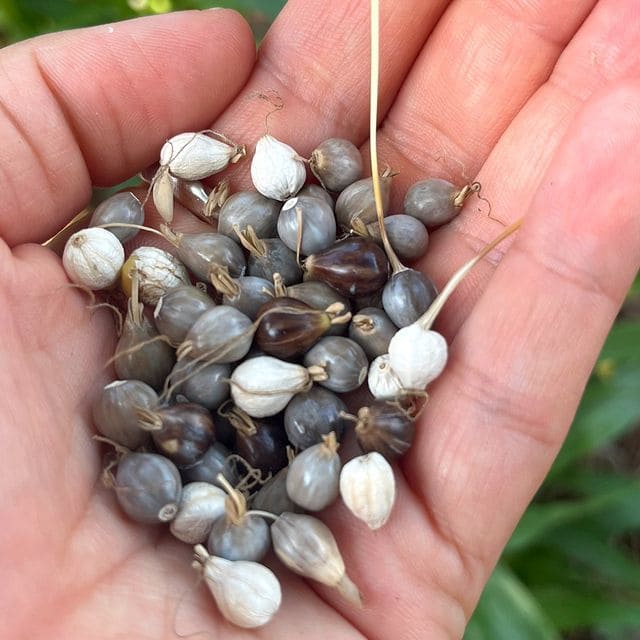
In Asia, these seeds have been used for generations to craft rosaries, bracelets, and amulets.
In the Philippines, Thailand, and Japan, they often symbolize prayer, peace, and protection.
In some African and Pacific Island traditions, they’ve been woven into ritual jewelry and musical rattles.
Across cultures, Job’s Tears are seen as symbols of good fortune, tears of joy, not sorrow.
Growing and Harvesting Job’s Tears
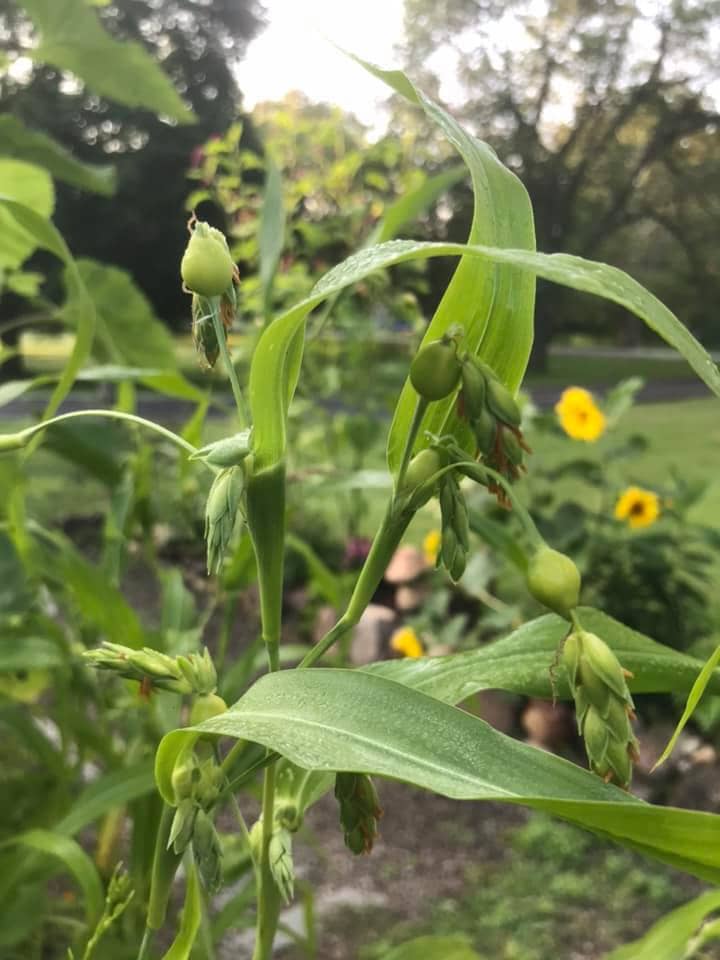
If you’re lucky enough to grow your own, it’s a rewarding process. Job’s Tears thrive in warm, humid climates with well-draining soil.
They look a lot like corn, with tall green stalks and long leaves. By late summer, clusters of shiny seeds form near the tops.
When the plant dries and turns golden brown, the seeds are ready to harvest.
Pick them by hand and lay them out to air dry for a week or so. They’ll harden naturally and become their beautiful glossy selves.
What You’ll Need to Get Started
- 50-100 dried Job’s Tears seeds (more for layered pieces)
- Strong thread, wire, or elastic cord
- A needle (optional but helpful for fine threading)
- Clasps or earring hooks if you’re making jewelry
- Optional: small accent beads, charms, or color spacers
You don’t need any fancy tools, the fun of this project is that it’s easy, inexpensive, and totally beginner-friendly.
How to Prepare the Seeds
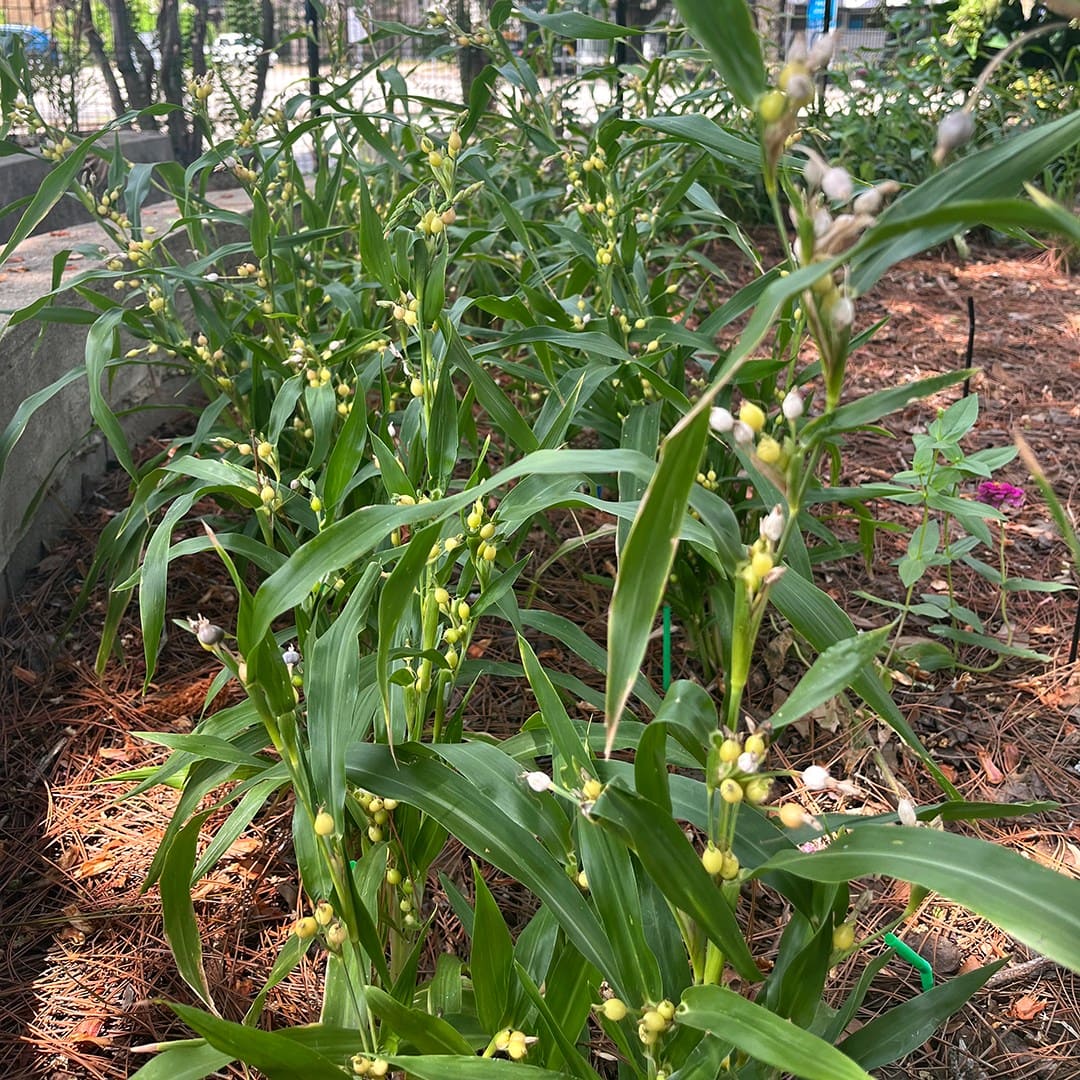
- Collect and Dry: Pick mature seeds that are firm and shiny. Then spread them out and let them dry completely to prevent mold.
- Clean and Sort: Wipe away dust or husks, then separate by size or color for a neater design.
- Check the Holes: Most seeds are naturally hollow, but if you find a few blocked ones, gently poke through with a pin or fine wire.
Once they’re clean, you’re ready to start threading.
Creative Jewelry Ideas to Try
1. Simple Natural Necklace
String the seeds on a hemp cord or leather thread for a raw, earthy look. Then add a few wooden beads or shell spacers for variety.
Tada, you’ll end up with a piece that feels organic, understated, and effortlessly beautiful.
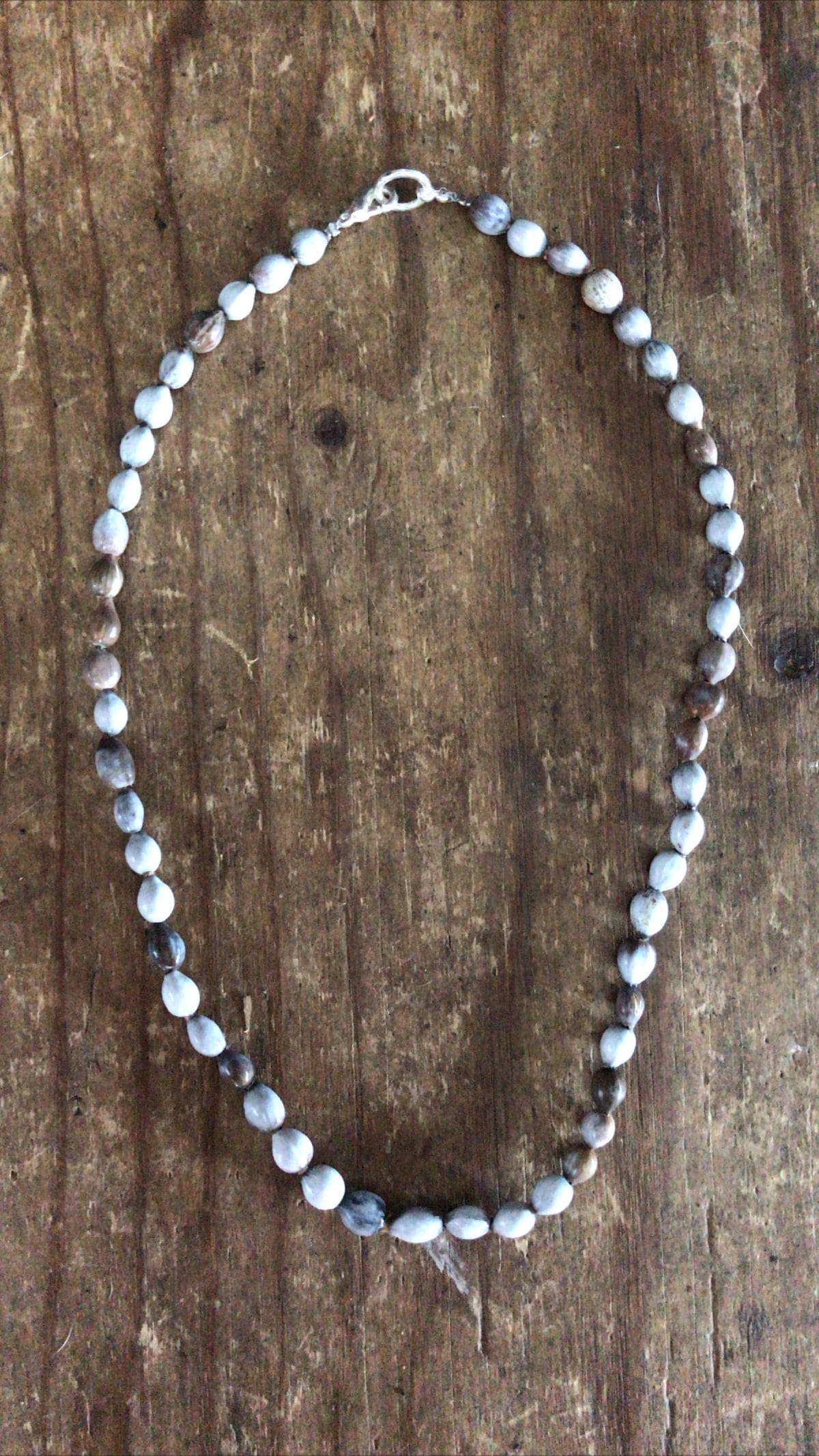
2. Spiritual or Meditative Rosary
Because of their historical symbolism, Job’s Tears are perfect for prayer or meditation beads.
You can combine them with a charm, cross, or handmade tassel for a meaningful, calming piece.

3. Boho Earrings or Anklets
Their natural sheen makes them look elegant without polish. Pair them with feathers, bronze accents, or tiny turquoise stones for a rustic bohemian vibe.
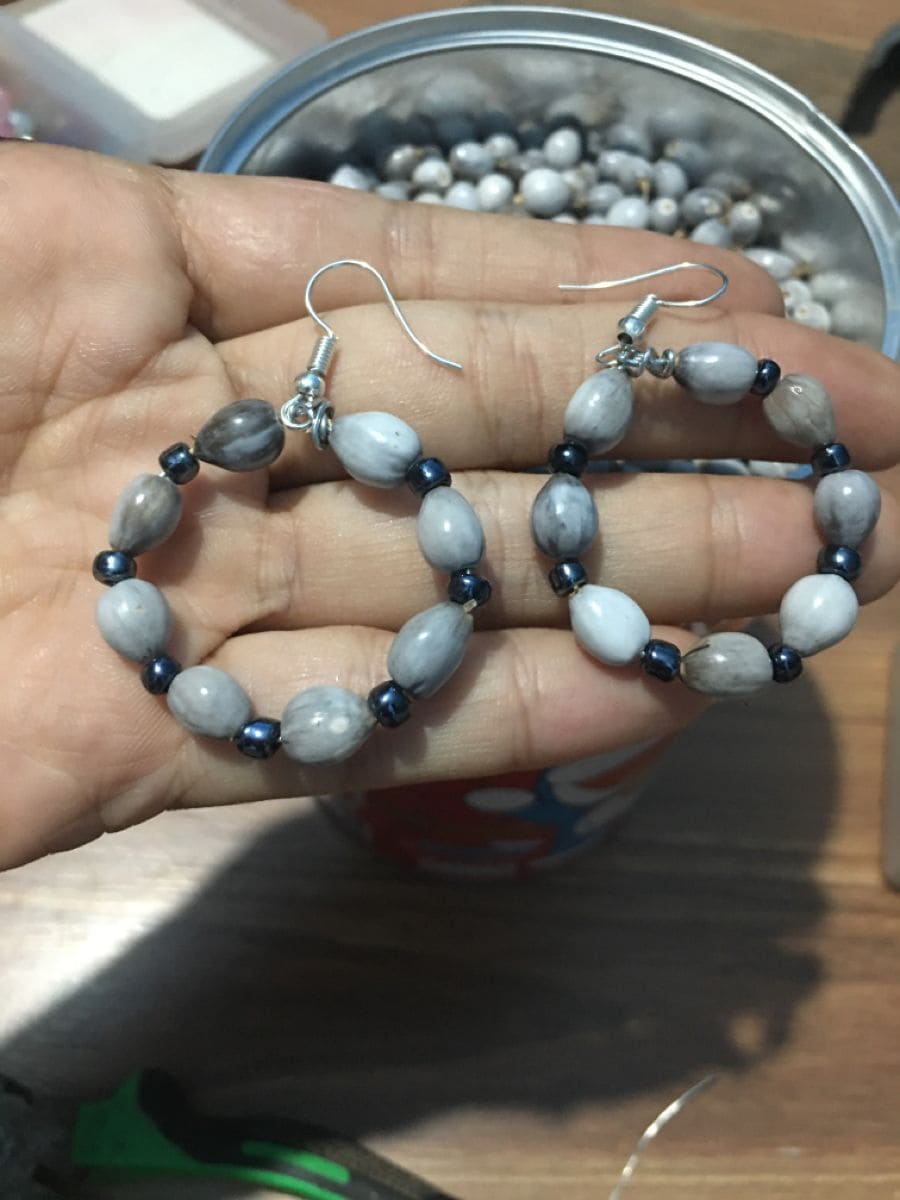
4. Garden Memory Bracelet
If the seeds came from your own plants, this design becomes deeply personal. Each bead becomes a keepsake, a reminder of growth, patience, and connection to nature.
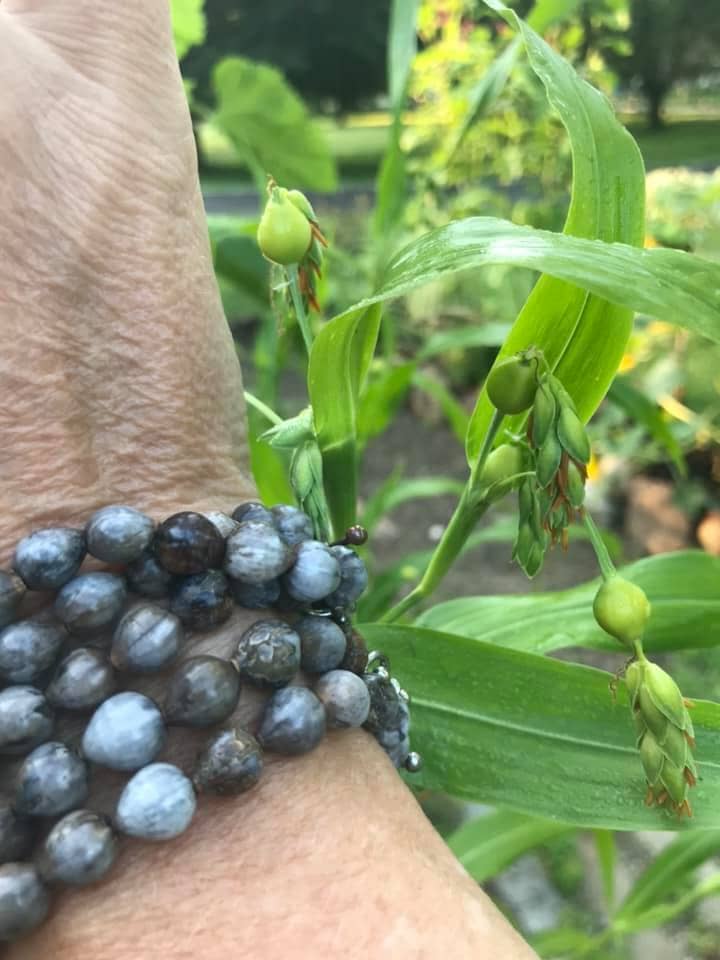
Working Tips for the Best Results
Threading can be relaxing, but it helps to use the right materials. Nylon or metal wire lasts longer than cotton thread, especially for pieces you’ll wear often.
If you want a clean, professional look, space out the seeds with small metal spacers or glass beads.
Once finished, rub your jewelry gently with a soft cloth. A drop of natural oil, like olive or coconut, enhances the shine and brings out that lovely pearlescent tone.
Beyond Jewelry: The Versatile Job’s Tears Plant
What makes Job’s Tears fascinating is how multi-purpose it is. Aside from crafting, the seeds are also used as a grain in Asian cuisine.
When hulled, they can be cooked like barley or added to tea for their mild, nutty flavor.
Herbalists even value them for their anti-inflammatory and diuretic properties.
The plant itself is a beautiful ornamental grass, with arching leaves and clusters of metallic-looking seeds that shimmer in the sun.
It’s one of those rare species that looks good in a vase, in the garden, or around your neck.
